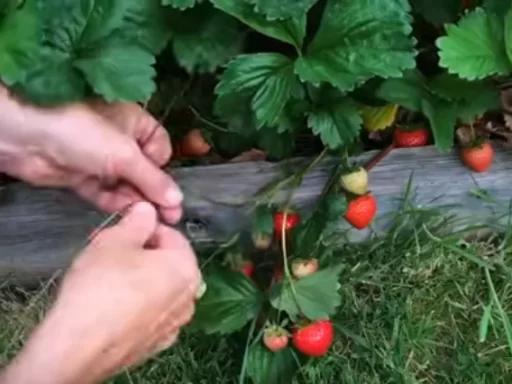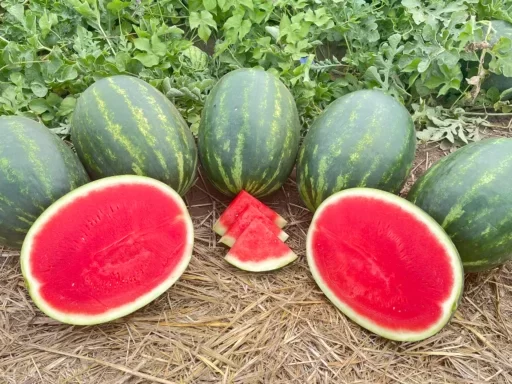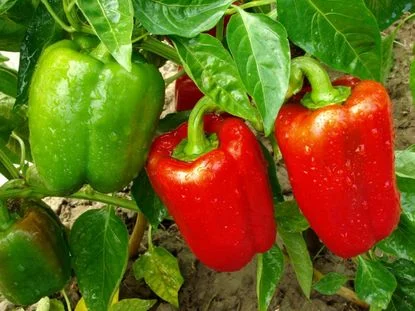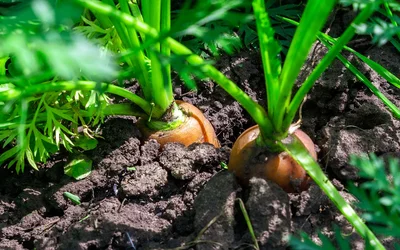Growing potatoes is a rewarding venture that can yield delicious results, whether you have ample space in your garden or limited room on a balcony. This article will guide you through the different types of potatoes, effective planting techniques, and strategies for a successful harvest. By the end, you’ll have all the knowledge you need to cultivate your own bountiful crop of these versatile tubers.
Understanding Different Types of Potatoes
Potatoes are classified based on their growth cycle, which is essential for understanding when to plant them and how to care for them throughout the season. There are three main categories:
- First Early Potatoes: These are the quickest to harvest, taking as little as 10 weeks from planting to maturity. They typically have thinner skins, making them perfect for salads as they do not require peeling.
- Second Early Potatoes: These midseason varieties take about 12 to 14 weeks to mature. They are generally ready for harvest in midsummer and are ideal for a variety of dishes.
- Maincrop Potatoes: Late-season potatoes take the longest to grow, usually maturing in late summer. While they require more space, they produce larger tubers that can be stored for months, making them an excellent choice for long-term storage.
With hundreds of varieties available, it’s advisable to take your time and select types based on your culinary preferences and growing conditions. Whether you’re looking for fluffy potatoes perfect for mashing or waxy ones that hold up well in salads, choosing the right variety is crucial.
Preparing to Grow Potatoes
One of the first steps in growing potatoes is chitting, or sprouting, the seed potatoes. While it’s not strictly necessary, chitting can give you a head start, especially in cooler temperatures. To chit potatoes, place them in a bright, cool location with the “eyes” (small dimples) facing upward. For larger potatoes, you can cut them in half, ensuring each piece has at least two or three eyes.
When selecting potatoes, remember that they can be either determinate or indeterminate. Determinate potatoes produce tubers primarily in one layer, while indeterminate potatoes produce multiple layers vertically. Knowing the type you are growing will influence your planting method.
Container vs. In-Ground Planting
The most accessible method for growing potatoes, especially in limited spaces, is using large containers or tubs. A 30-liter (8 US gallons) container is sufficient for growing determinate varieties. For in-ground planting, make sure the soil is well-prepared and has ample drainage.
Preparing the Growing Medium
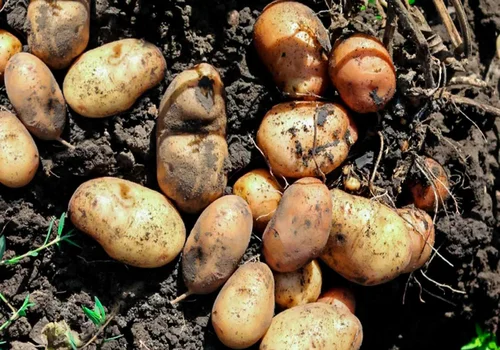
When filling your container, mix sieved garden compost with old potting mix and fresh potting mix to create a nutritious environment for your potatoes. Adding a handful of organic fertilizer, such as blood, fish, and bone, can enhance nutrient availability. Once combined, fill the container about one-third full with the mixture, place the seed potatoes in, and then cover them with more growing medium.
Planting and Watering
For both container and in-ground potatoes, the planting depth is crucial. Seed potatoes should be placed about 6 to 8 inches deep, ensuring they have enough room to develop. For early to midseason varieties, space them about 14 to 16 inches apart, while maincrop varieties should be spaced at 18 inches apart to accommodate their larger size.
Watering is essential for maintaining healthy potato plants. It’s best to water at the base of the plants to avoid creating humid conditions that can lead to disease. Regularly check moisture levels, especially for container-grown potatoes, as they can dry out quickly.
Managing Potato Blight
Potato blight is a common concern for growers, but there are effective strategies to minimize the risk. Choose early-maturing and blight-resistant varieties to get ahead of the disease. Aim to keep the foliage dry by watering at the base and ensuring adequate airflow around the plants. If blight does strike, cut the foliage back to ground level and wait for about three weeks before harvesting to allow any remaining spores to die off.
Harvesting Your Potatoes
Timing your harvest is essential for the best quality potatoes. Early potatoes can be harvested while the foliage is still green and lush, typically when the plants begin to flower. For in-ground potatoes, use a fork to carefully lift the tubers from the soil, being cautious not to pierce them.
Container potatoes can be easily tipped out, allowing for a quick and gentle gathering of the tubers. Ensure that you inspect the potatoes for any signs of disease or damage and store them in a cool, dark place.
Conclusion
Growing potatoes can be a fun and fulfilling endeavor, whether you’re a novice gardener or an experienced green thumb. By understanding the different types of potatoes, employing effective planting techniques, and managing potential diseases, you can enjoy a plentiful harvest. Remember to be patient and observant throughout the growing process, and soon you’ll be savoring the fruits of your labor.
Frequently Asked Questions
- What is the best time to plant potatoes?
- Potatoes are typically planted in early to mid-spring when the risk of frost has diminished.
- Can potatoes be grown in containers?
- Yes, potatoes can be easily grown in containers, making them accessible for those with limited garden space.
- What is the difference between determinate and indeterminate potatoes?
- Determinate potatoes produce tubers primarily in one layer, while indeterminate potatoes produce multiple layers vertically.
- How do I prevent potato blight?
- To minimize the risk of potato blight, choose early-maturing and blight-resistant varieties, and ensure proper watering techniques.
- What is the ideal spacing for planting potatoes?
- Early to midseason varieties should be spaced about 14 to 16 inches apart, while maincrop varieties should be spaced 18 inches apart.
- How can I tell when my potatoes are ready to harvest?
- Early potatoes can be harvested when the plants begin to flower, while maincrops should be left in the ground until the foliage dies back.
- What should I do if my potatoes have blight?
- Cut the affected foliage back to ground level and wait for three weeks before harvesting to allow any remaining spores to die off.

